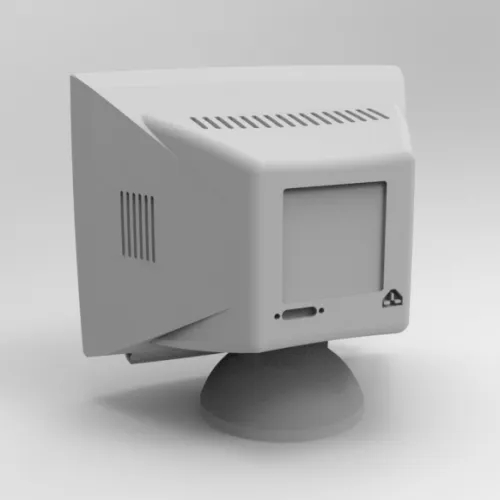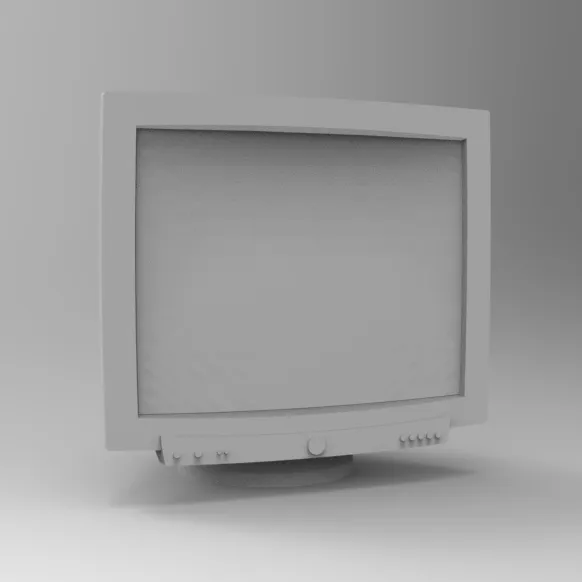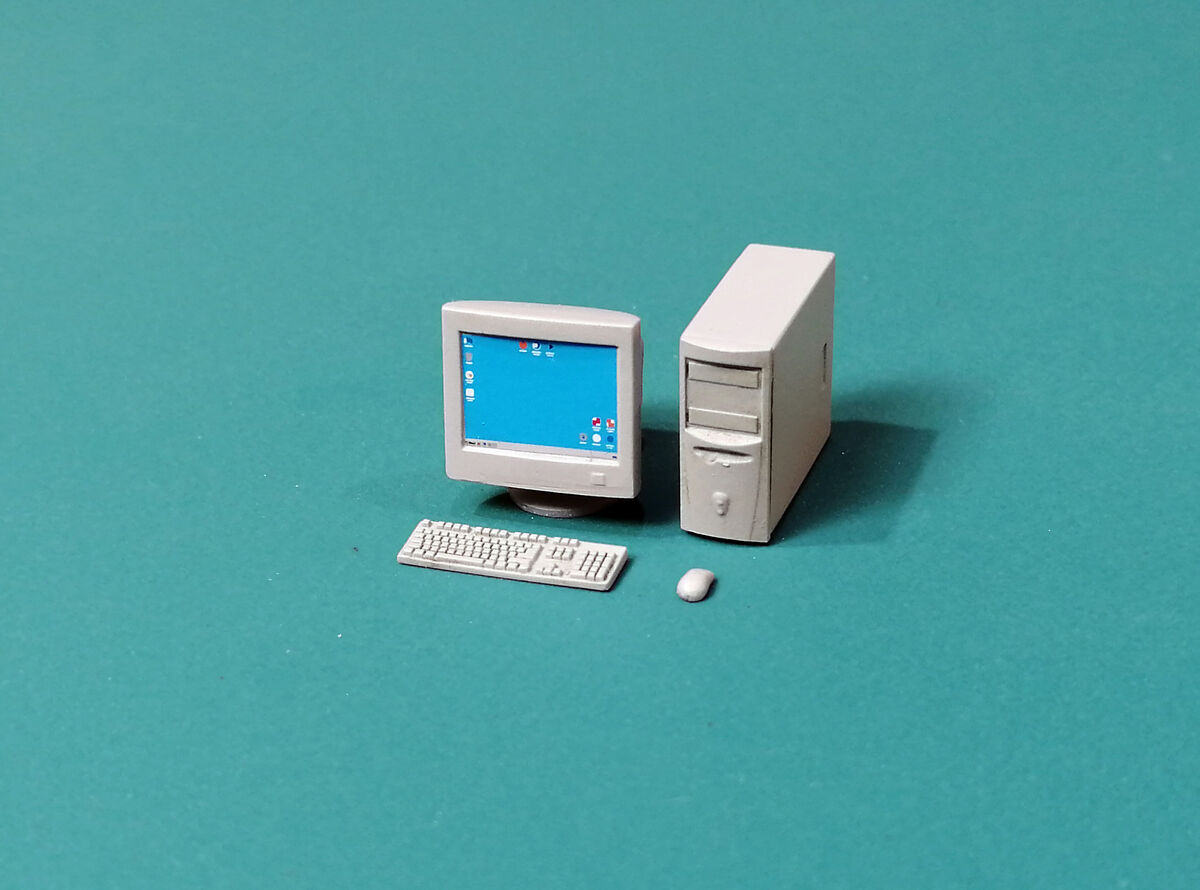CRT (Cathode Ray Tube) monitors are making a comeback among retro gaming enthusiasts longing for the classic, authentic visual aesthetic that contemporary flat-panel displays can’t quite replicate. The distinct scan lines, color warmth, and quick response time of CRTs make them the prime choice for a genuine old-school gaming experience. This guide will explore the key considerations, including monitor type, size and resolution, connection options, and where to buy, plus tips for purchasing vintage CRTs, all tailored to help you zero in on the best CRT monitor for your retro gaming setup.
Monitor Type: Picking the Right CRT
Understanding CRT Technologies
CRT monitors came in various types, with Trinitron and Shadow Mask being among the most popular. Trinitron monitors, crafted by Sony, are acclaimed for their bright, sharp images and excellent color reproduction, essential for graphics-intensive games. Meanwhile, Shadow Mask displays offer a more traditional look, with softer image quality that many retro games were originally designed to be played on.
Gaming-specific Models
Within the realm of CRTs, some models were specifically designed with gaming in mind. Monitors like the Sony PVM (Professional Video Monitor) and BVM (Broadcast Video Monitor) series are highly sought after for their superior image quality and advanced control options, making them the top choice for discerning gamers aiming to recreate the most accurate retro gaming atmosphere.

Size and Resolution: Matching Game Requirements
Optimal Monitor Sizes for Retro Gaming
The size of a CRT monitor can greatly affect your gaming experience. Generally, retro games look best on monitors ranging from 14 to 20 inches, which capture the original look and feel developers intended. A larger CRT might not enhance the experience in the same way and can also be cumbersome to move and store.
Resolution Considerations
While modern monitors boast high resolutions, classic CRT monitors operate best at lower resolutions such as 240p or 480i—the standards for most retro gaming consoles. These lower resolutions deliver the nostalgic image quality with the signature blur and scanlines that many retro gamers crave. Ensure the CRT monitor you select supports these resolutions to guarantee an authentic visual experience.

Connection Options: Ensuring Compatibility
Compatibility with Retro Gaming Systems
An essential aspect of choosing a CRT monitor is verifying its compatibility with your gaming systems. Older consoles like the NES, SNES, or Sega Genesis require connections like composite, component, or S-Video, which are standard on most CRT monitors. Be aware that some high-end monitors may only have professional connectors like BNC, necessitating adapters or modifications for standard consumer console cables.
Audio Capabilities
Many classic games are celebrated not only for their visual appeal but also for their iconic soundtracks. While flat-panel monitors often include built-in speakers, CRT monitors may not. Consider how you will manage audio output, whether through the monitor’s own speakers, external sound equipment, or through an AV receiver.

Where to Buy: Finding the Perfect CRT
Sourcing from Local Listings and Specialty Stores
Purchasing a CRT monitor in today’s market can be a bit of a treasure hunt. Local classifieds, thrift stores, and garage sales can be goldmines for finding CRT monitors. Specialty retro gaming stores might carry higher-end models like the coveted PVMs and BVMs and can offer expert advice on the best monitor for your gaming needs.
Online Marketplaces and Communities
Online platforms like eBay, Craigslist, or even community forums dedicated to retro gaming are also excellent places to find CRT monitors. Be mindful of shipping costs and risks, as CRTs are heavy and fragile. Local pickups are often the safer and more cost-effective option when dealing with these bulky items.

Purchasing Tips: Making a Smart Buy
Checking for Image Quality and Functionality
When buying a CRT monitor, it’s crucial to check for overall image quality and functionality. Look for signs of screen burn-in, geometry issues, and verify that controls like brightness and contrast are operational. A well-maintained monitor with minimal wear and tear will provide the best gaming experience.
Understanding the Maintenance Aspect
CRT monitors are older technology and can come with a set of potential maintenance issues. Be prepared to invest time and possibly money into repairs like capacitor replacements or adjustments over time. Some retro gaming enthusiasts find learning these maintenance skills to be part of the enjoyable experience of using vintage technology.

Embracing the Aesthetic: The Look and Feel of CRT Gaming
The Visual Nostalgia of Retro Games
For many, the appeal of CRT monitors is deeply rooted in nostalgia. The curvature of the glass, the warmth of the colors, and the subtle flicker of the refresh rate are all part of a sensory experience that defined gaming in the 80s and 90s. Retro games were crafted with these displays in mind, and the CRT’s unique properties bring out nuances in pixel art and early 3D graphics that modern flat screens can’t recreate. Selecting a CRT monitor for your gaming setup is as much about recapturing this nostalgic ambiance as it is about the specifications.
The Tactile Interaction with Vintage Hardware
Beyond visuals, the tactile interaction with vintage hardware is part of the charm. Adjusting the dials on a CRT monitor to fine-tune the display settings, feeling the substantial weight as you position the monitor, and hearing the distinct sound when degaussing the screen—all contribute to the full retro gaming experience. Players who lived through the original era of CRT gaming find these quirks comforting and integral to the pastime.
Community and Support: The CRT Gamer Network
Leaning on a Passionate Community for Support
The resurgence of CRT monitors in gaming has fostered a passionate community of enthusiasts. Online forums, social media groups, and meetups serve as hubs for knowledge-sharing, troubleshooting, and trading. Leveraging the wisdom of this community can aid in selecting the right CRT monitor, performing maintenance, or even modifying equipment to meet specific needs. The camaraderie found in these groups adds a social dimension to retro gaming that modern gaming often lacks.
Access to Resources and Expertise
As a member of the CRT gaming community, you gain access to a wealth of resources and expertise.Community members are typically eager to help. They offer detailed guides on the ideal settings for specific game genres. They also provide recommendations on where to find rare monitor models. Many enthusiasts have years of experience. They are keen to share insights. Their insights focus on the best practices for maintaining CRT monitors. They also cover how to enjoy CRT monitors in the modern day.
In conclusion, the best CRT monitors for retro gaming deliver an unmatched, immersive experience that modern displays can’t duplicate. The iconic image quality comes from Sony’s Trinitron line. The classic charm is seen in Shadow Mask monitors. A CRT exists for every type of retro gamer. When selecting your monitor, consider various factors. These include the type, size, resolution, and connectivity options. Doing so ensures an authentic and enjoyable gaming experience. Understand where to shop and what to look for. You can make an educated purchase. This purchase will transport you to the golden age of gaming.